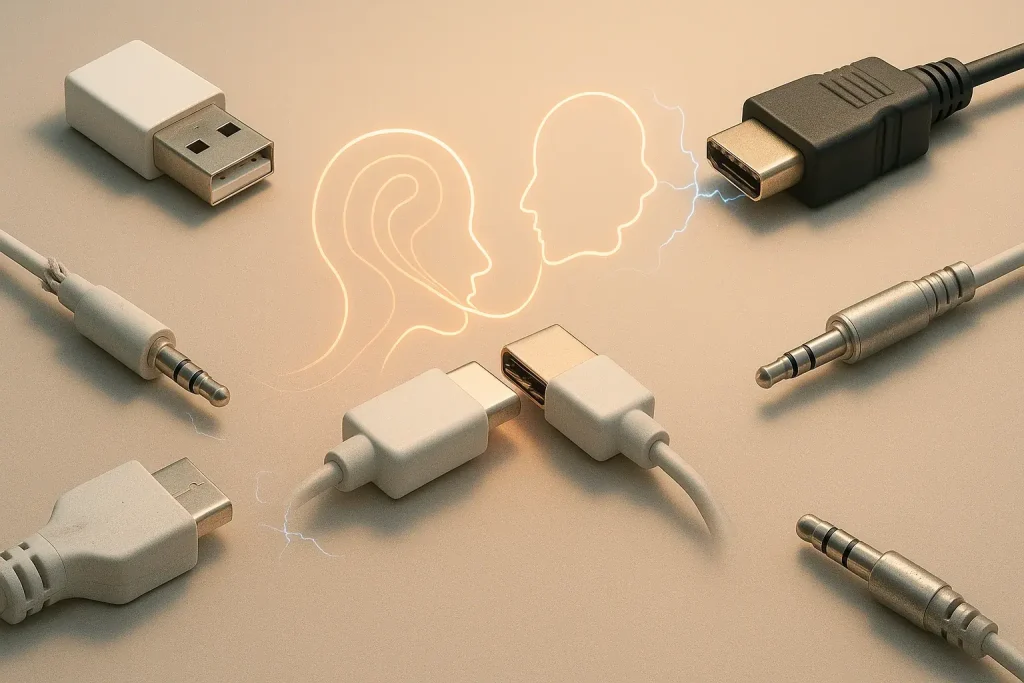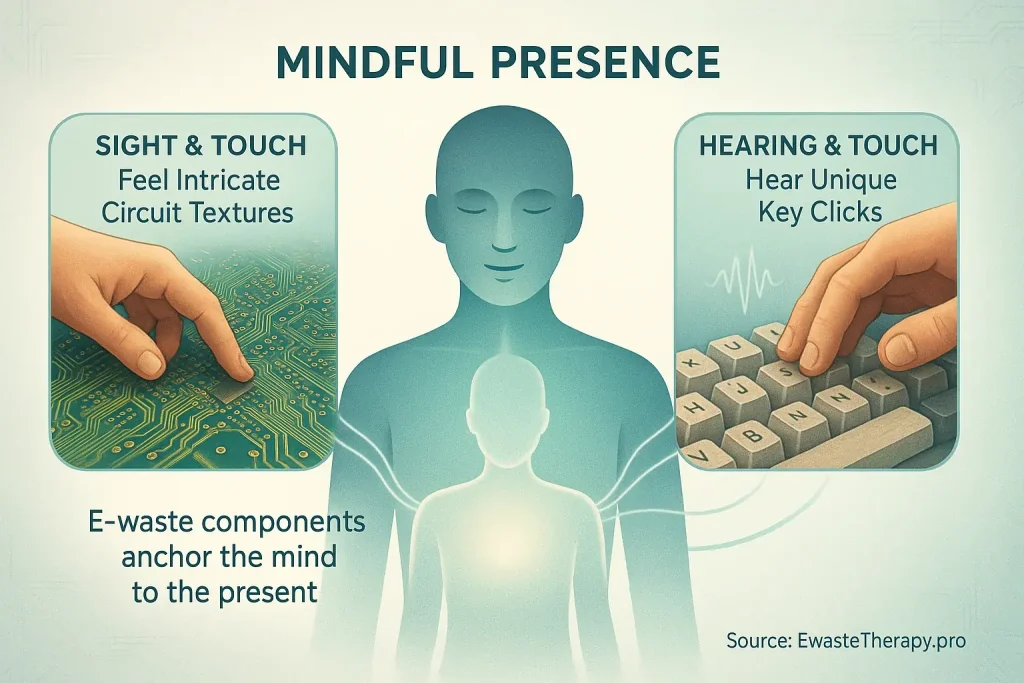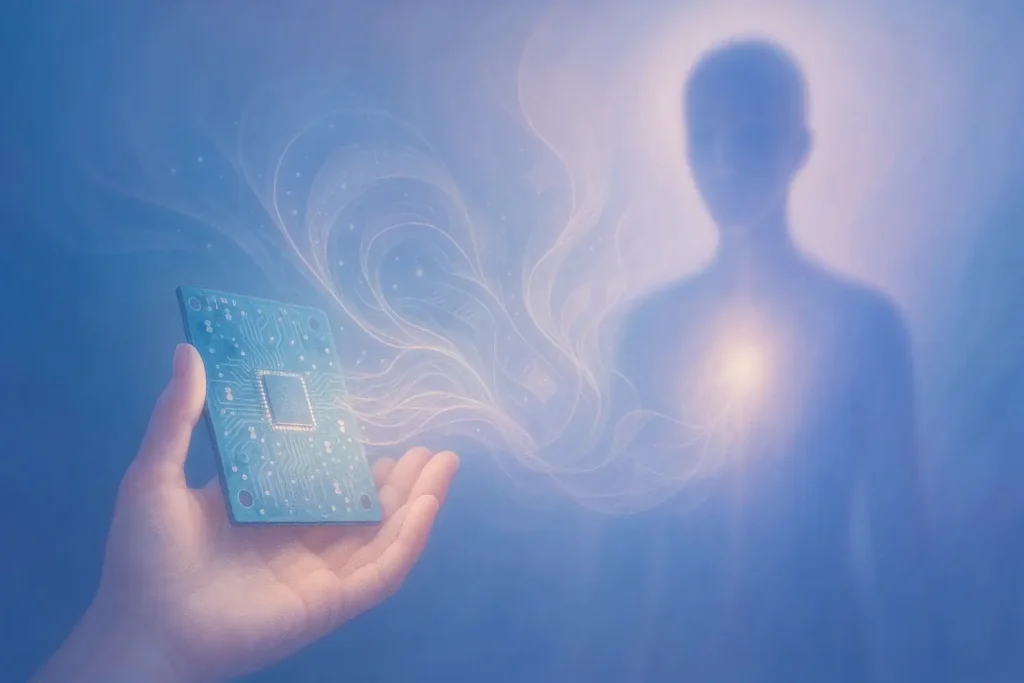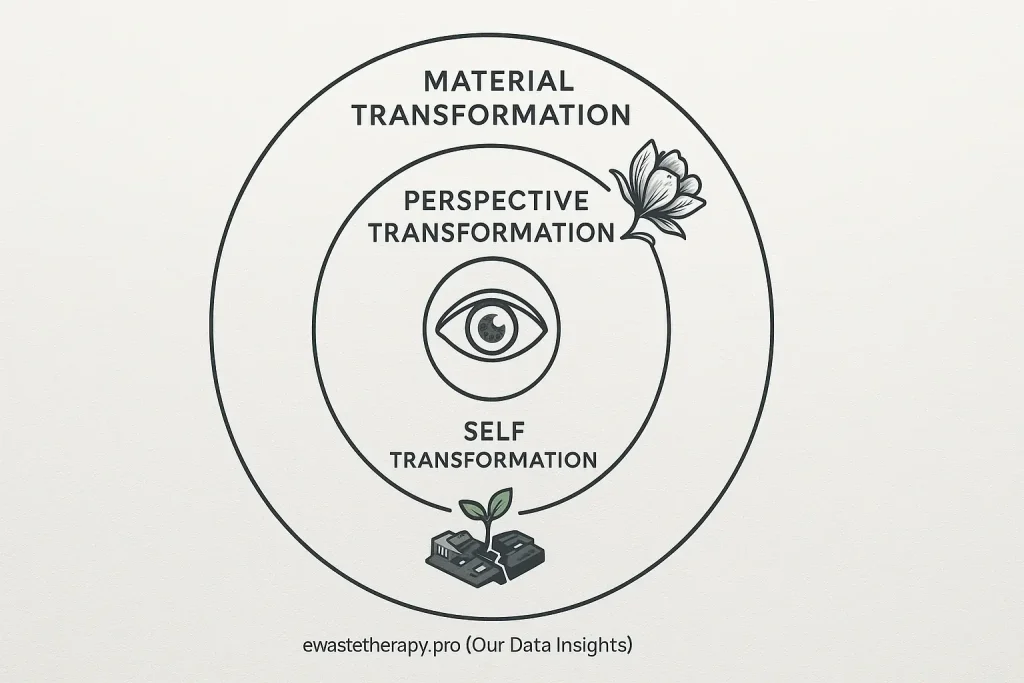Beyond the Dust: Why E-Waste Cleaning Is a Therapeutic Ritual
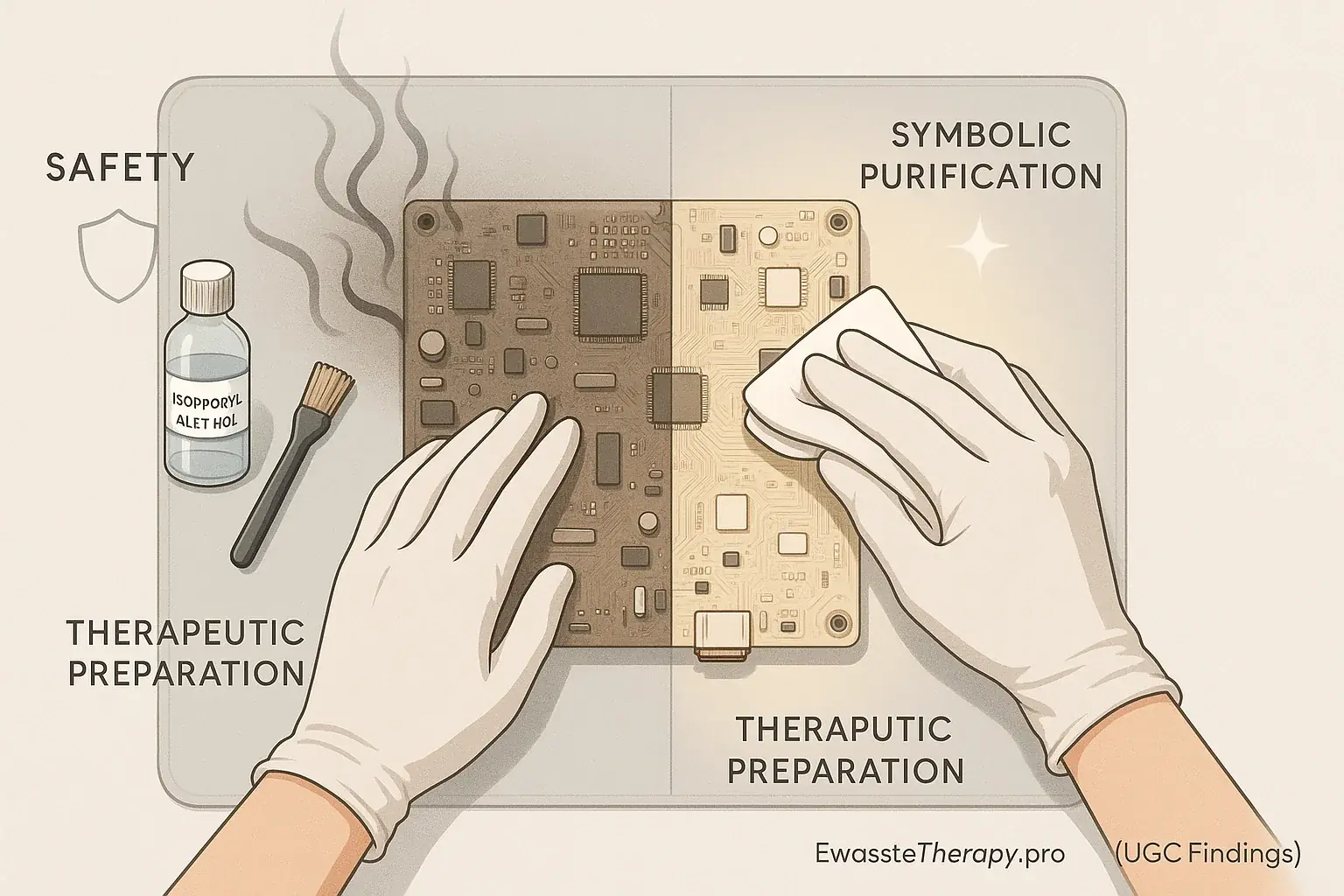
Many users describe a deep satisfaction. It comes from finally clearing a cluttered space. That same renewal can touch your e-waste preparation. Safety remains our non-negotiable foundation. Yet, the act of cleaning discarded tech opens a unique door. This door leads to mindful engagement and symbolic purification. Our user reports consistently highlight this transformation: 'discarded' becomes 'ready for new purpose'.
This process involves more than wiping grime. You consciously remove the component's 'old story'. Its past function fades. Its perceived 'brokenness' diminishes. Users frequently report a distinct sense of release. They liken it to cleansing their own mental clutter while meticulously cleaning a circuit board. Many discover the repetitive, focused motion of cleaning is surprisingly meditative. A quiet interlude. Then creation begins.
Our guidance here serves a dual purpose. We will detail the safest cleaning methods. We explore, too, how you can transform each practical step. Turn every wipe, each careful brush, into a potent part of your healing journey. This is where simple cleaning becomes therapeutic ritual.
The Practical & Safe Way: Essential Cleaning Methods for E-Waste Components
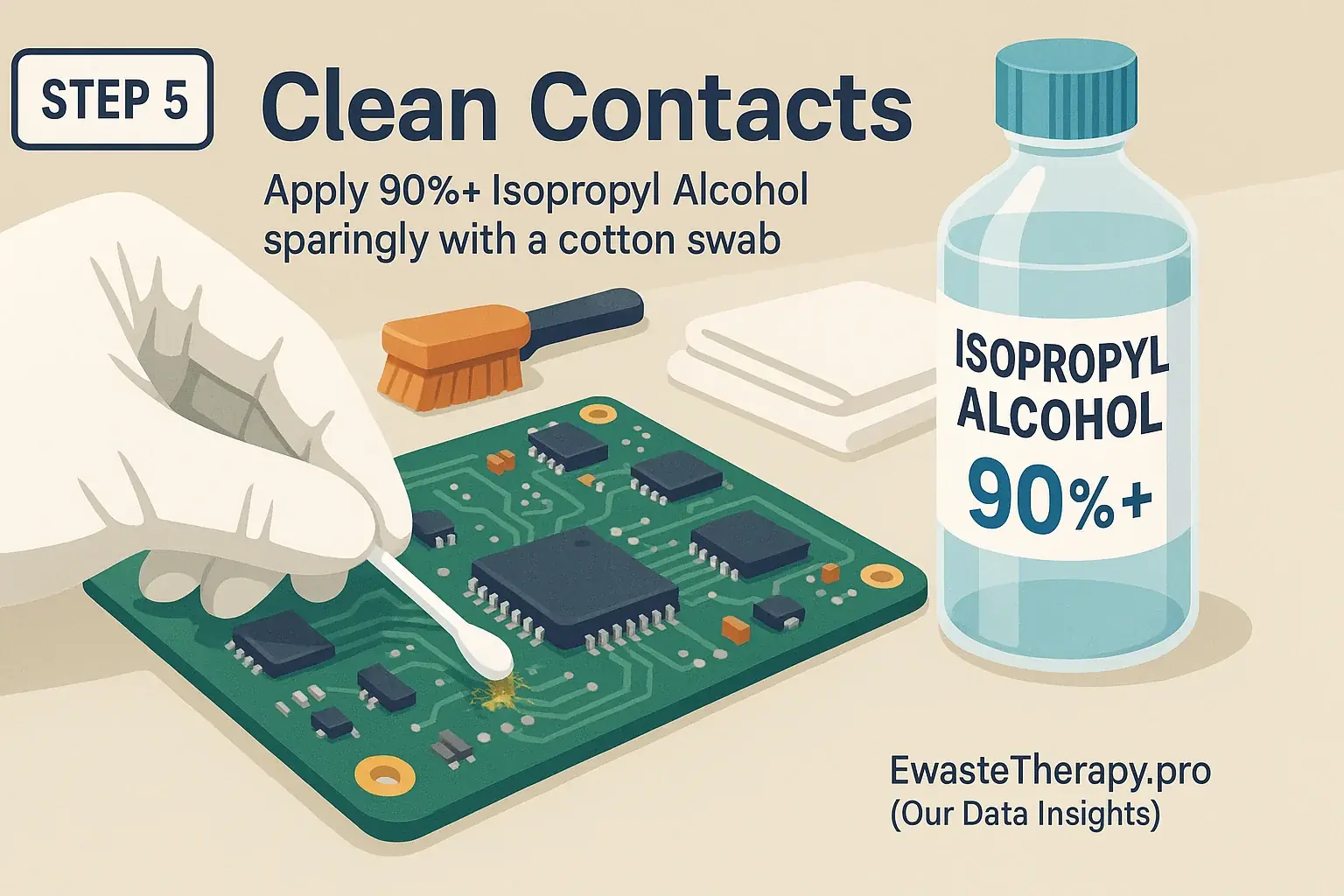
Safety comes first. Always. Cleaning e-waste components prepares them for art. This process neutralizes potential hazards. It also ensures a healthy creative space. Follow these steps for safe preparation.
- Gather safety gear. You need gloves. Eye protection is vital. Work in a well-ventilated area. Outdoors is best.
- Remove loose dust from components. A soft brush works. Canned air helps too. An old toothbrush cleans circuit board crevices. Many users report this simple tool excels. It prevents component damage.
- Clean plastic casings using mild soap. Add water. A damp cloth removes most surface grime. Avoid harsh chemical solvents. They degrade plastics.
- Wipe down wires. Use a cloth. Lightly dampen it with isopropyl alcohol (70%+). This disinfects. It removes sticky residues.
- Circuit boards demand careful handling. Use high-purity isopropyl alcohol (90%+). Apply sparingly. Use a cotton swab. A lint-free cloth also works. Never pour alcohol directly onto boards. Target contact points if corrosion appears.
- Rinse soap-cleaned plastics. Use clean water. Ensure no soap residue remains. Residue causes stickiness.
- Dry all components completely. Air drying is often sufficient. Allow ample time. Moisture creates future problems. It can damage parts.
- Inspect cleaned parts. Use good lighting. Check for missed spots. Confirm complete dryness.
The Deeper Cleanse: Infusing Cleaning with Symbolic Meaning
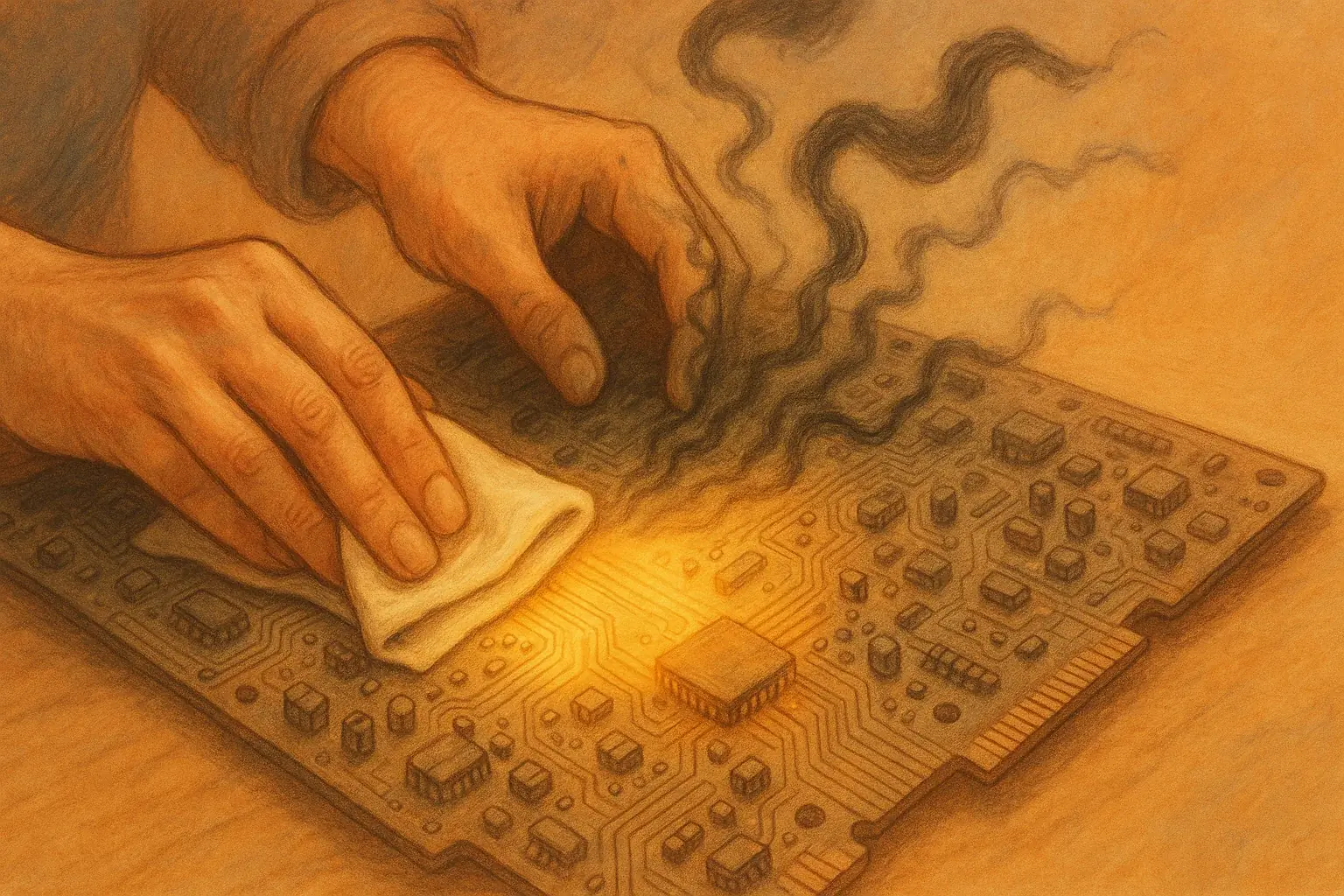
Practical safety steps are complete. The true magic begins. Cleaning transcends mere dirt removal. It addresses energetic residue. This is the component's 'old story'. As you clean, consider what you are releasing. You might release old frustrations. Or past digital overwhelm. Or feelings of being discarded.
Turn each wipe into a conscious act. As you scrub a keyboard key, imagine washing away old words. Unspoken thoughts. Digital noise. When polishing a metal piece, visualize buffing away past anxieties. This reveals a new, shiny potential. Many users find playing soft, calming music deepens the experience. Even chanting a simple affirmation helps. This transforms a chore into a sacred ritual.
This symbolic cleanse prepares the material. It prepares it physically. It prepares it energetically. For its new role in your art. It transforms it from 'waste'. It becomes a 'sacred tool' for healing. Ready to hold new meaning.
Remember. Every piece of e-waste has a story. By mindfully cleaning it, you are not erasing that story. You prepare it for a powerful new chapter. One you will write together.
